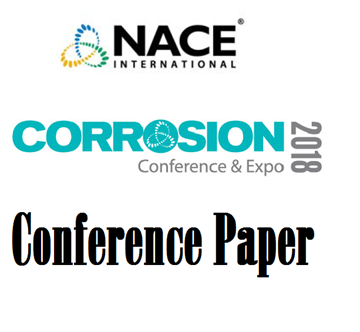This paper describes an approach to the design of carbon steel pipelines operating in corrosive service. The intent of this approach is to take full advantage of the reduced costs of carbon steel, while minimizing the risk of failures. This approach is based on: (1) assessing the technical and economic feasibility of carbon steel; (2) designing the pipeline for corrosive service, which mainly means designing the corrosion control system; and (3) implementing a corrosion management programme to ensure that corrosion control is properly applied. Industry wide experience shows that carbon steel can be used in very corrosive environments, if the corrosion control system is properly designed and consistently applied. However, the economic feasibility of carbon steel needs to be established for each specific case, using the life cycle cost approach. Corrosion prediction models are used at the design stage to determine the magnitude of the problem, and evaluate different corrosion control options such as gas cooling, pH control, and inhibition. However, all corrosion prediction models have limitations, most notably for accurately evaluating the effect of scaling, oil protection, and inhibitors. Therefore, model predictions must be complemented when necessary with laboratory measurements under relevant conditions, and with accumulated field experience. The concept of inhibition efficiency has been largely abandoned in favour of that of an inhibited corrosion rate, which is mostly independent of the corrosivity of the environment. Laboratory tests are employed to identify the best performing inhibitors. Inhibitor availability, corrosion allowance, and inspection frequency are closely connected through the concept of risk based inspection. Key Words: Carbon steel, materials selection, feasibility, corrosion, modelling, inhibition, testing, CO2, pipeline, Opex,
Capex, life cycle costs




